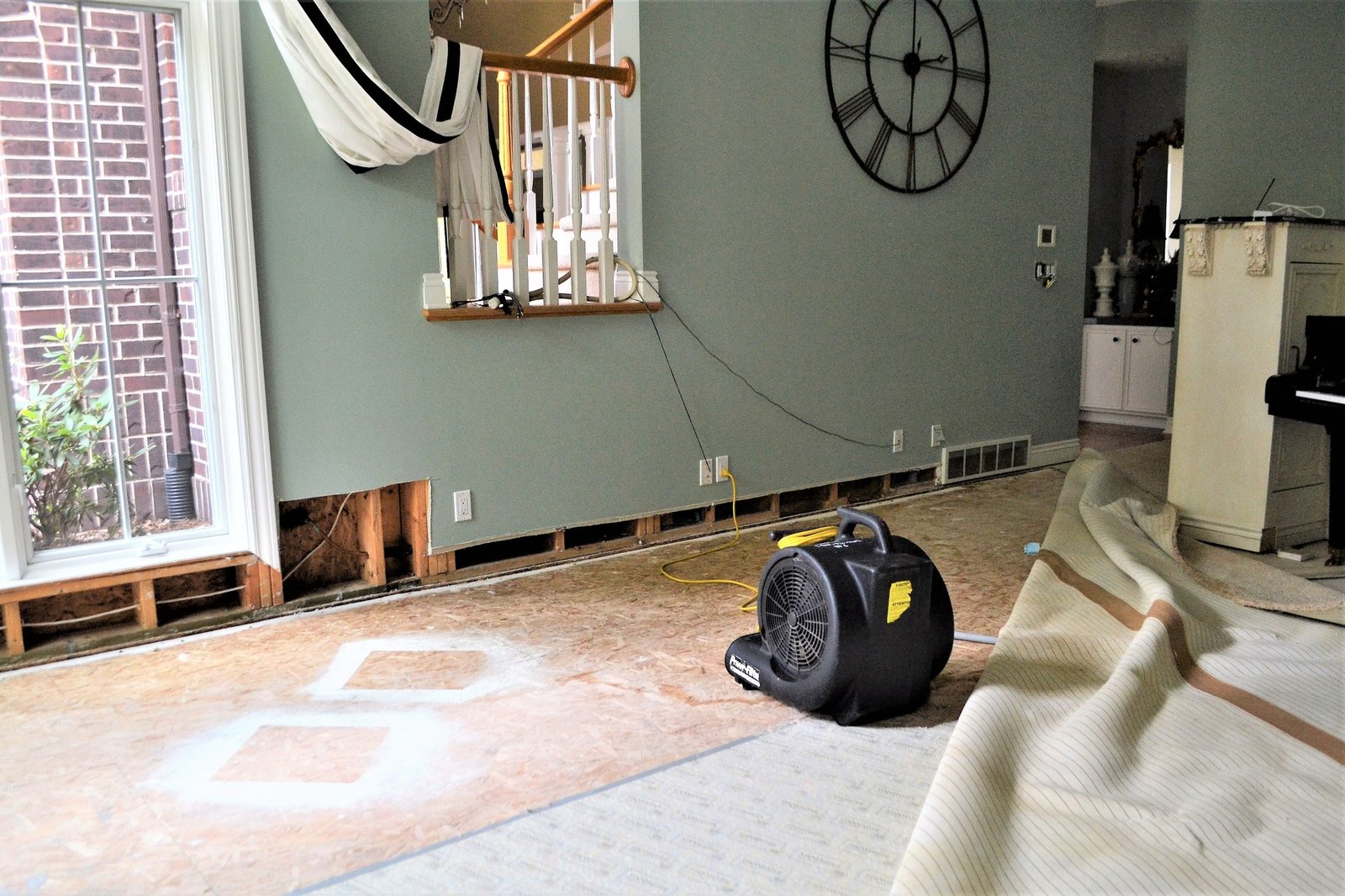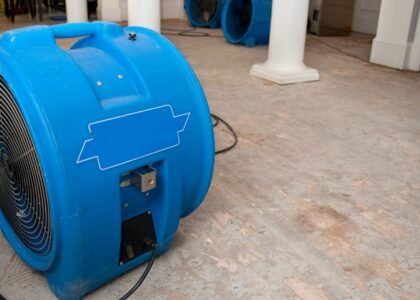Carpet water damage can happen to anyone — a burst pipe, sudden storm, or even a small leak under a sink. But do you know exactly why acting quickly is so important, and what kinds of causes lead to the worst damage? In this post, we’ll unpack the causes, the risks of delay, and how your response in the first hours can save you money, health hazards, and prevent major restoration work.
Table of Contents
- Common Causes of Carpet Water Damage
- Categories and Types of Water Involved
- Risks of Delaying Repair
- First Steps You Should Take
- How Professional Repair Works
- Preventive Habits to Avoid Future Damage
Common Causes of Carpet Water Damage
Water damage to carpets doesn’t always come from a dramatic flood. Some causes are subtle and slow moving.
- Plumbing failures
Burst pipes, leaking joints behind walls, and valves that aren’t properly sealed. - Appliance leaks
Washing machines, dishwashers, water heaters, refrigerators with ice makers—over time hoses or seals can deteriorate. - Roof leaks or ceiling damage
Rainwater can enter during storms, especially if roofing materials are old or gutters are clogged. - Seepage and foundation issues
Poor drainage around property, soil saturation, or cracks in the foundation allow water ingress. - Overflow and human error
A sink left running, bathtub overflow, unclogged gutters—all these can result in unexpected flooding in carpeted areas.
Categories and Types of Water Involved
The type of water makes a big difference—cleanup, safety protocols, and restoration cost.
| Type | Description | Common Scenarios |
|---|---|---|
| Clean Water | From a domestic source; no contaminants | Broken supply lines, rain water (if roof intact) |
| Gray Water | Used water with impurities | Washing machine overflow, sink drains |
| Black Water | Unsanitary, possibly toxic | Sewage backup, floodwater from outside sources |
Each category needs different equipment, drying methods, and in some cases special sanitization.
Risks of Delaying Repair
Putting off water damage repair even by a few hours can lead to:
- Mold and mildew growth
- Carpet delamination (carpet layers separating)
- Discoloration and permanent staining
- Wood floor buckling underneath carpet padding
- Increased repair cost and longer restoration time
These risks highlight why fast action is crucial.
First Steps You Should Take
When water damage happens, try to do the following immediately if it’s safe:
- Stop the source of water — Turn off valves or shut off water lines.
- Remove furniture and items — Furniture can stain or get damaged by moisture; lift them or protect with blocks.
- Ensure safety — Avoid wet electrical outlets; turn off power if needed.
- Call a professional — For full assessment, safe water extraction, and properly drying and restoring carpets.
You can learn more about how professionals handle these steps in our comprehensive service page: Carpet Water Damage Repair and Restoration).
How Professional Repair Works
Professionals follow a structured process:
- Detailed Assessment (using moisture meters, thermal imaging)
- Water Extraction (industrial pumps/vacuums)
- Drying & Dehumidification
- Cleaning & Sanitizing
- Carpet Repair / Reinstallation
- Final Inspection
Each of these phases reduces the risk of hidden moisture or future damage. More on this process is covered in detail in our service page.
Preventive Habits to Avoid Future Damage
Preventive maintenance can go a long way:
- Inspect hoses and plumbing regularly
- Clean gutters and manage roof drainage
- Ensure good grading around foundation
- Monitor humidity levels indoors
- Install water sensors or alarms in high-risk spots
Why Acting Fast Matters for You
By acting within hours, not days, you:
- Preserve indoor air quality
- Avoid structural damage
- Reduce health risks from mold
- Save on both time and repair costs
If you’re facing carpet water damage now or want help preventing it, don’t wait. Reach out through our contact page to schedule an assessment.





